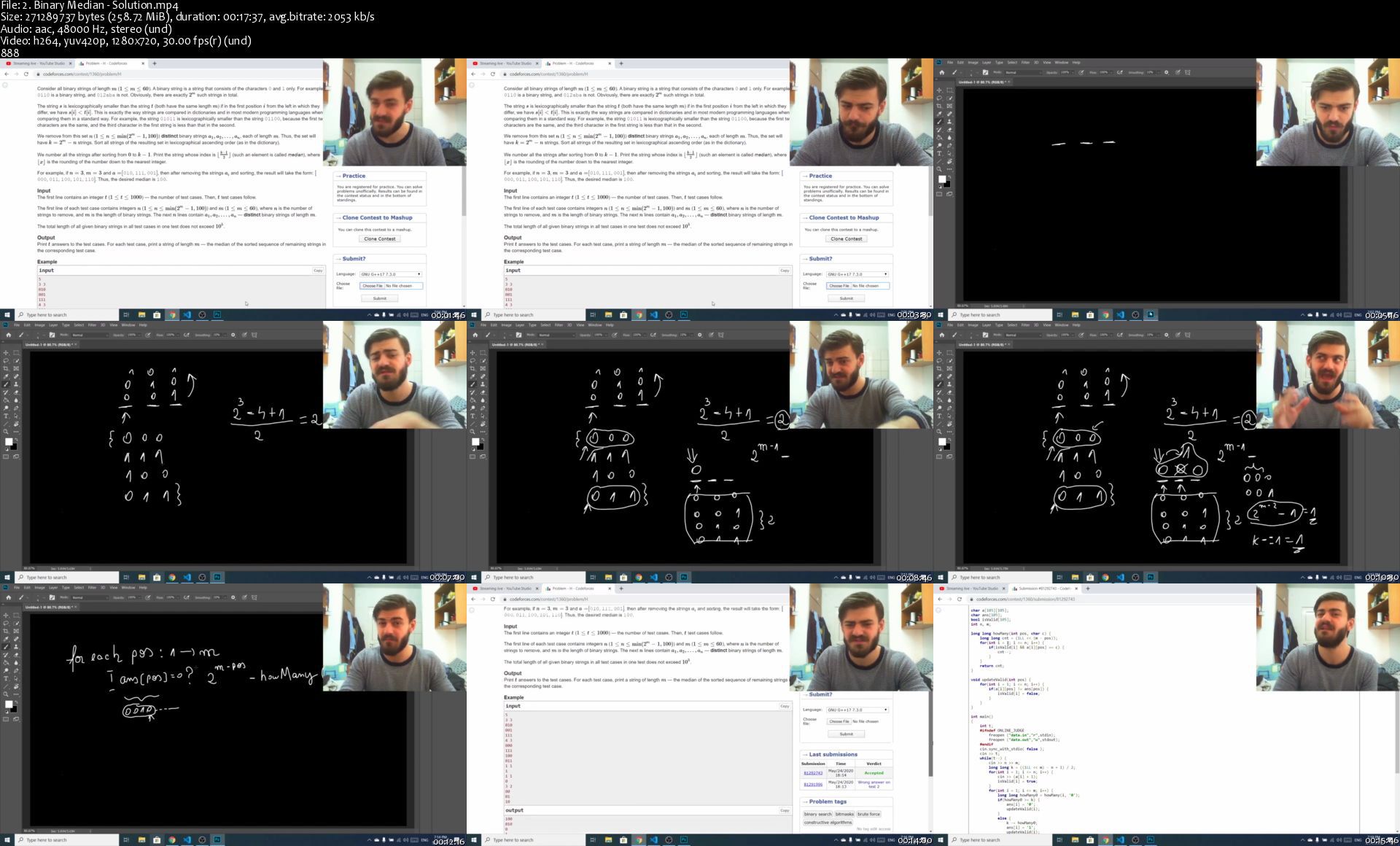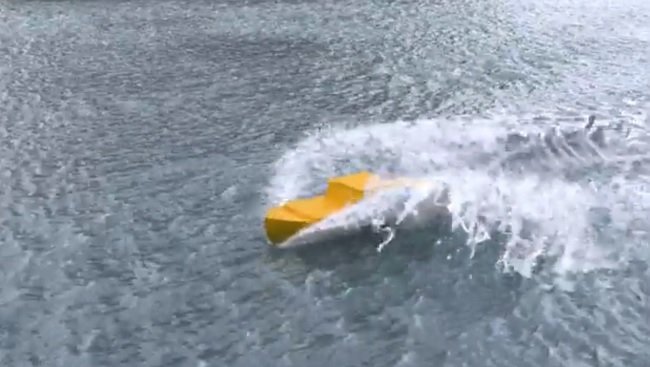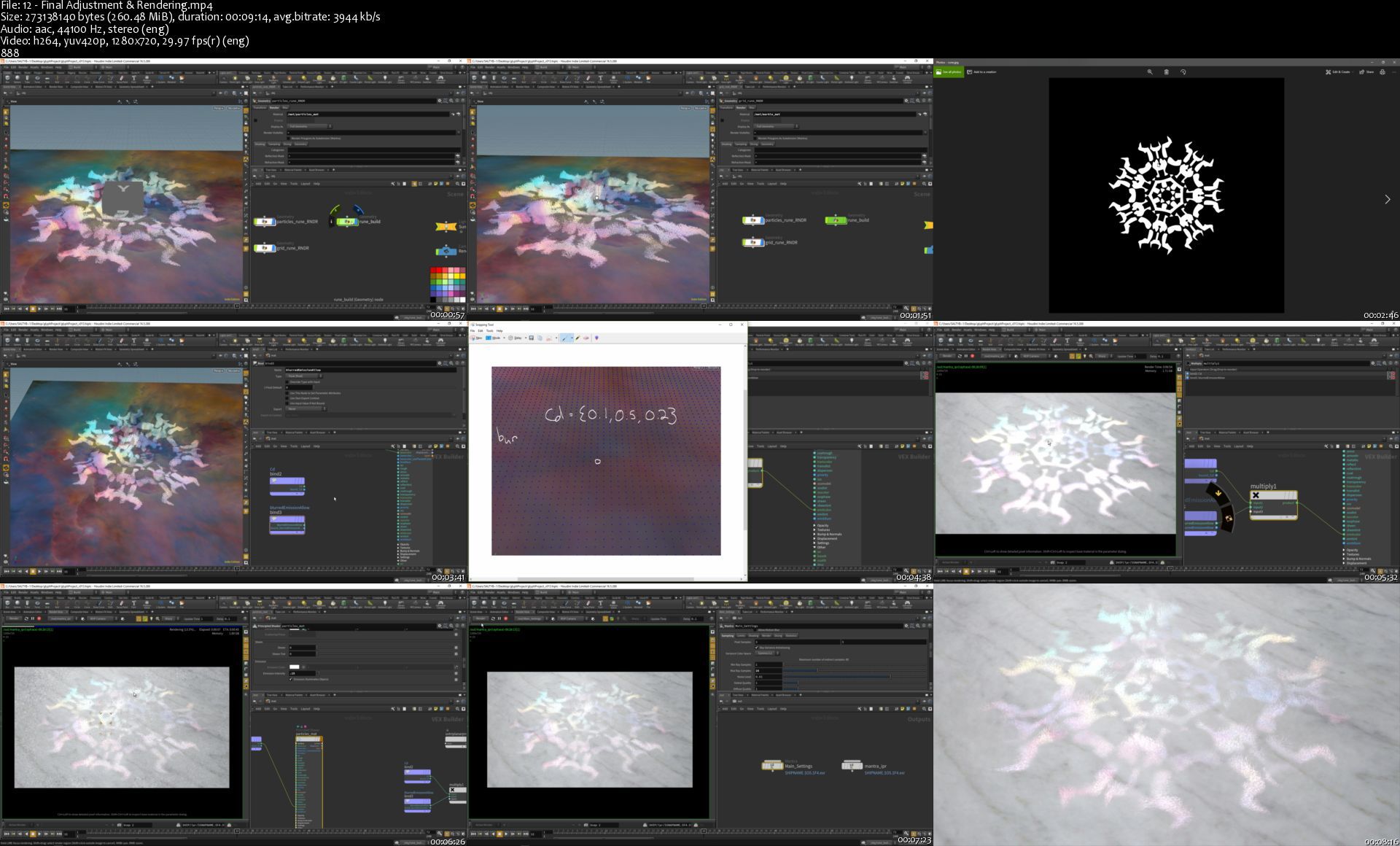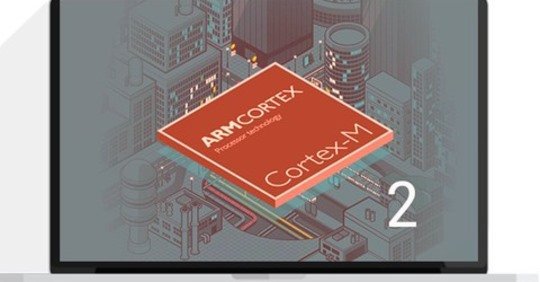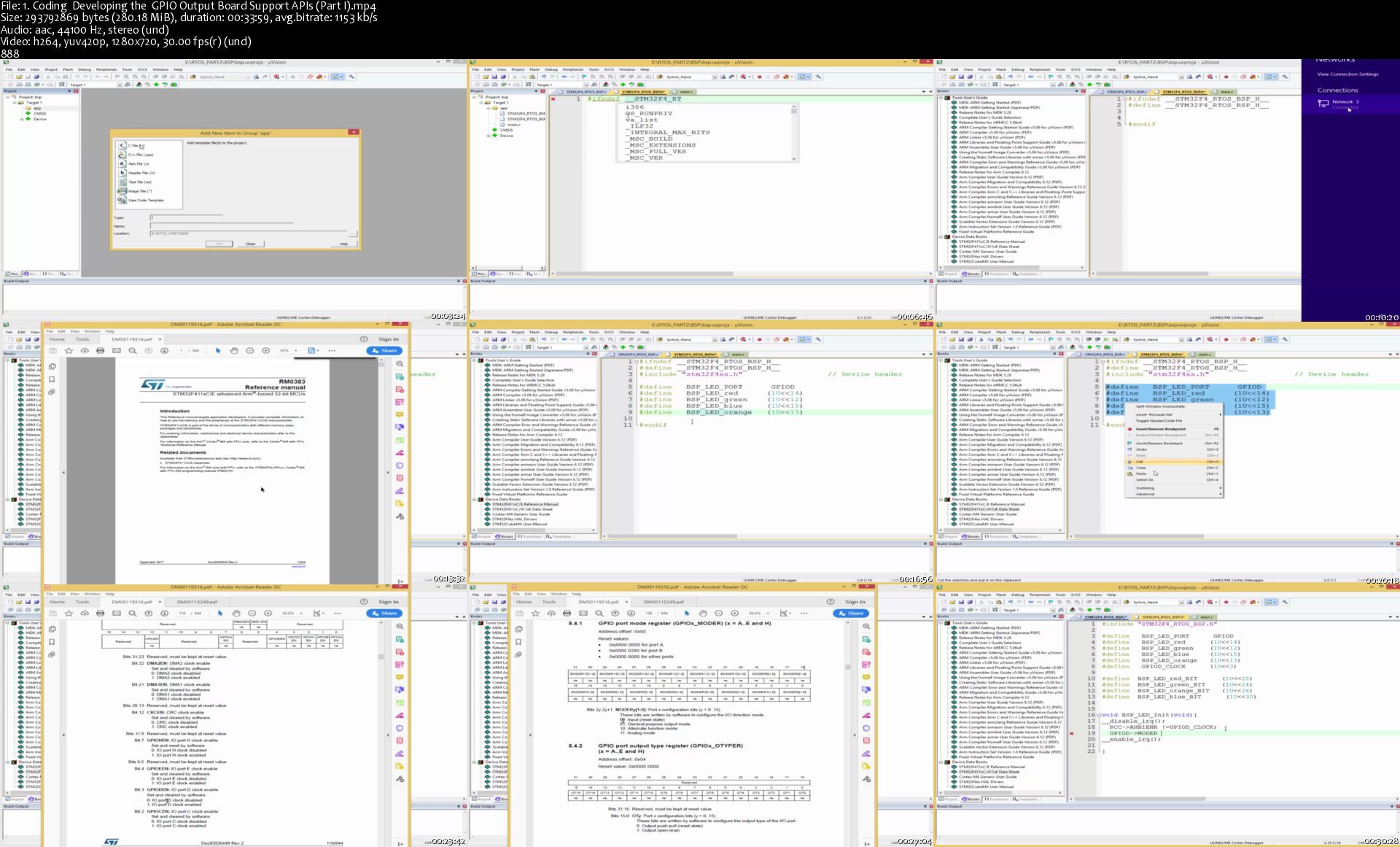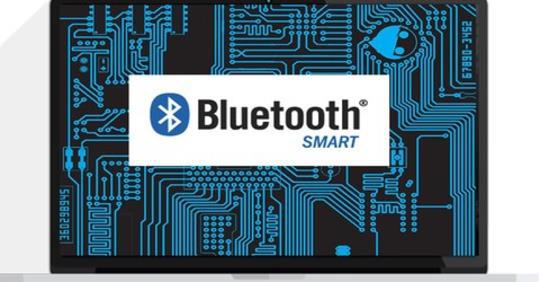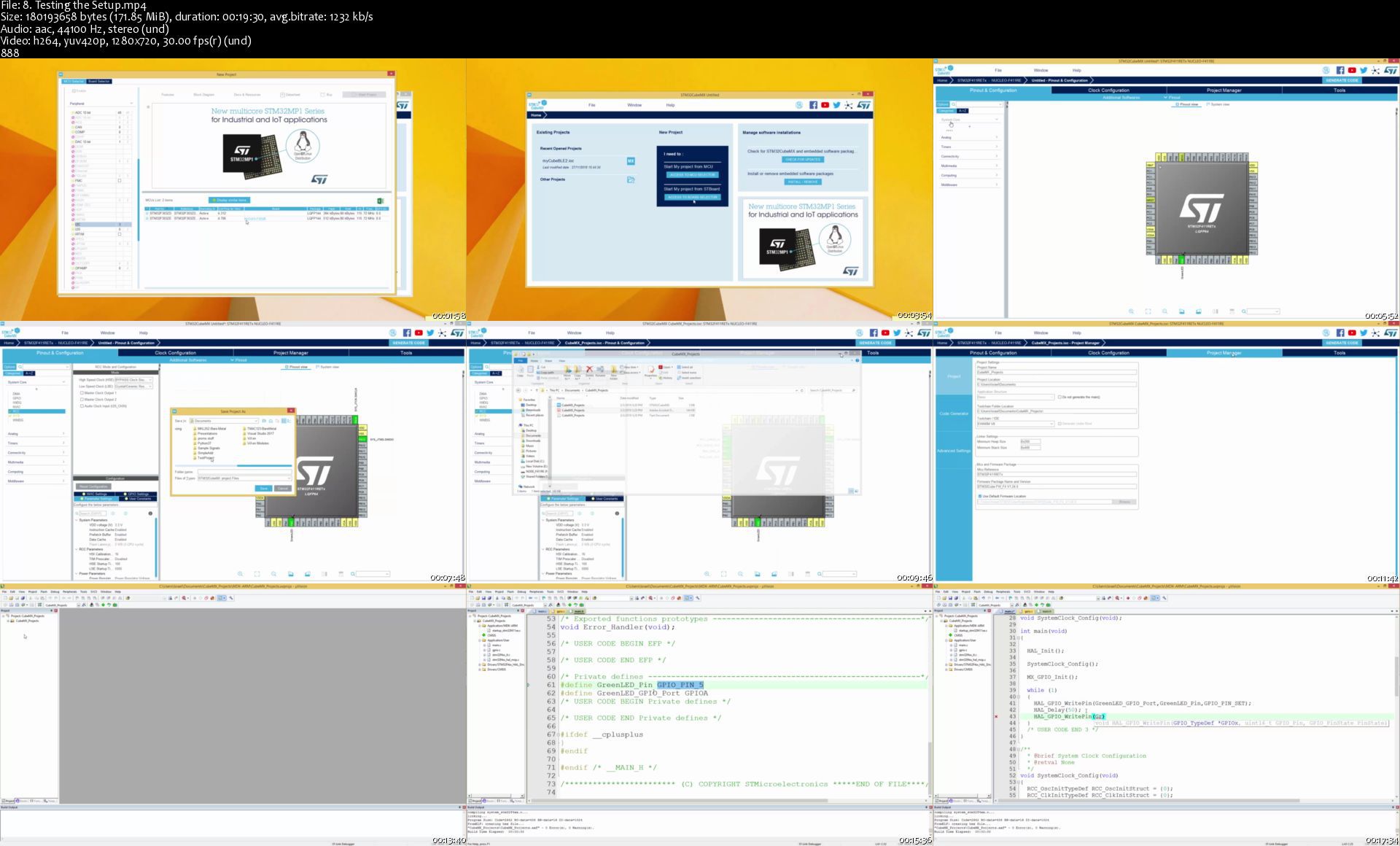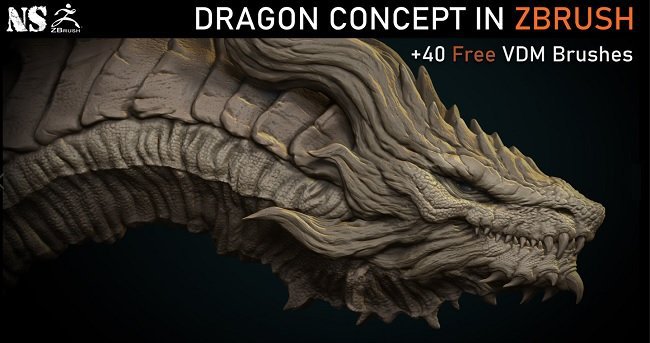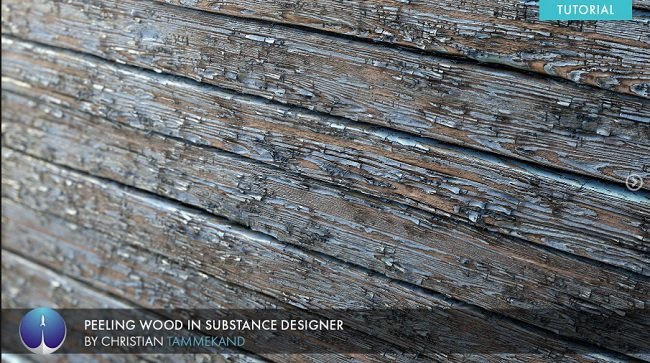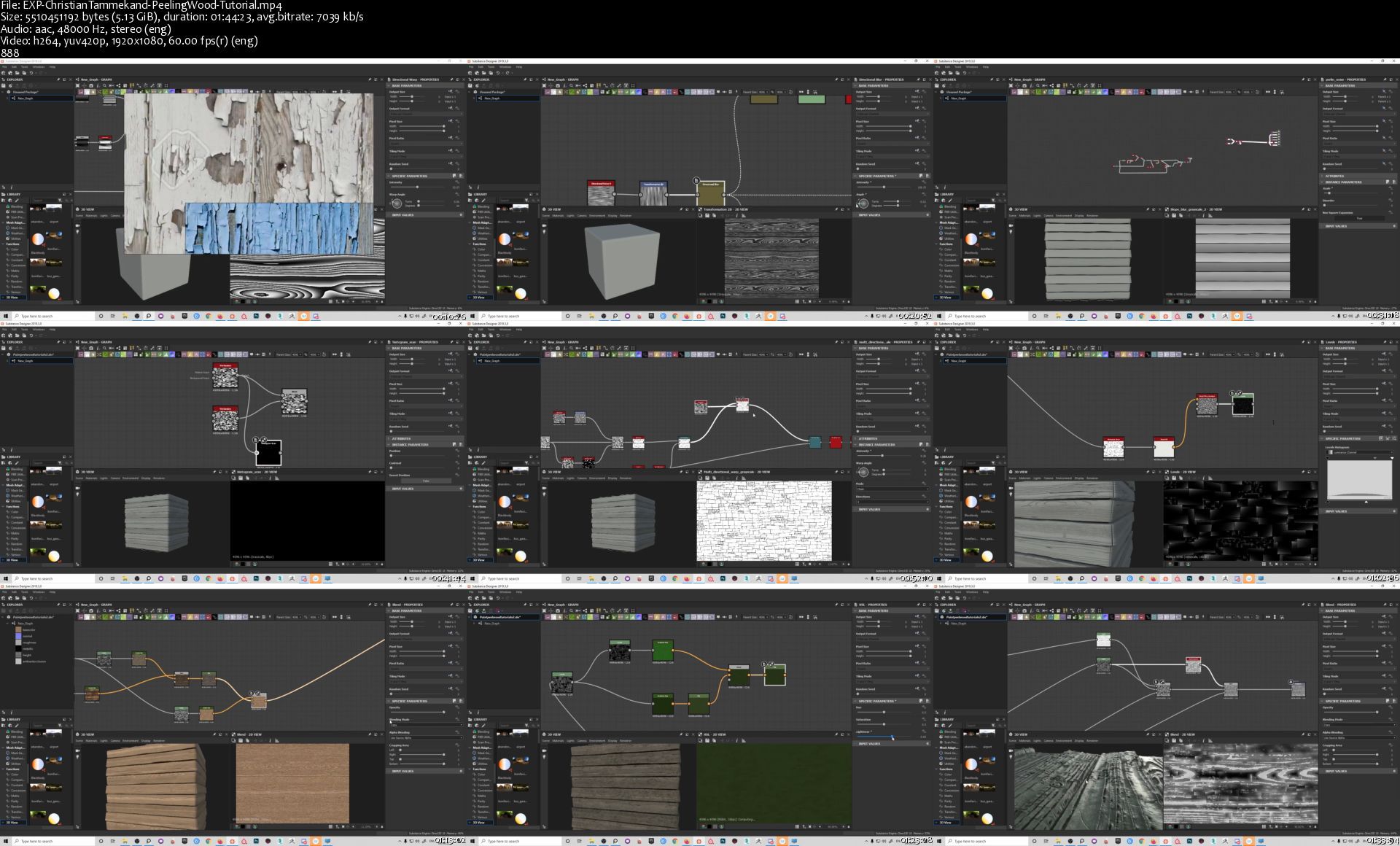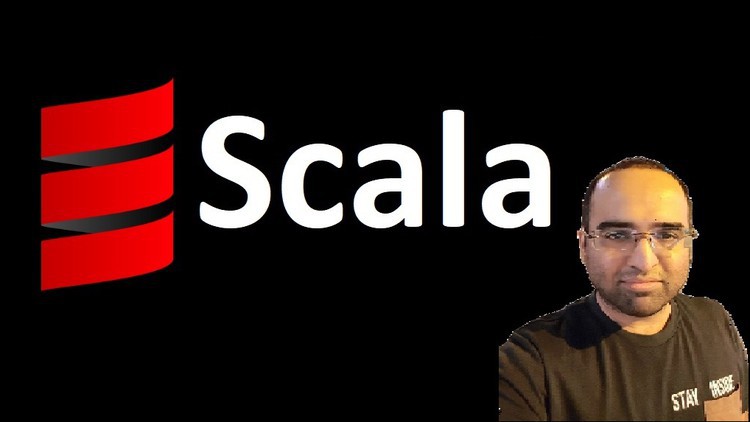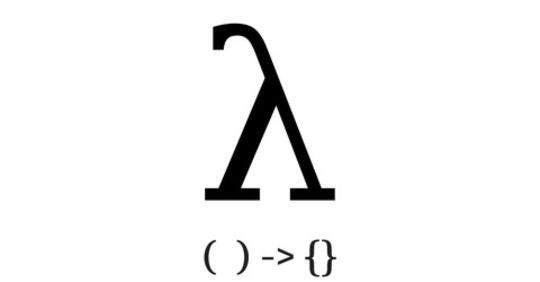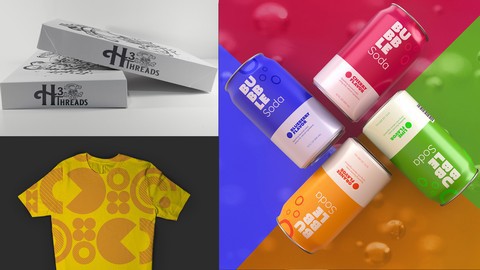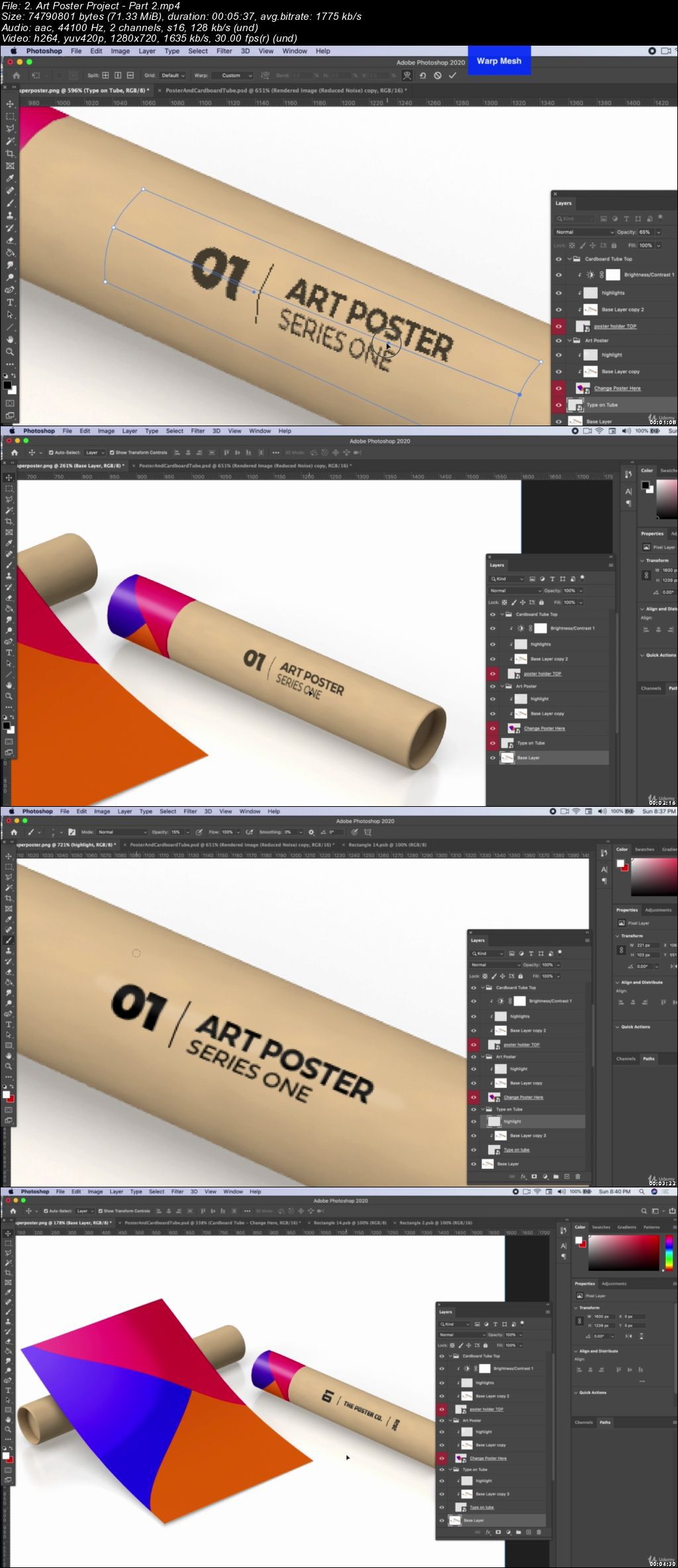Embedded Systems Bare-Metal Programming Ground Up™ (STM32) (updated 9/2020)

Embedded Systems Bare-Metal Programming Ground Up™ (STM32) (updated 9/2020)
Genre: eLearning | MP4 | Video: h264, 1280x720 | Audio: aac, 44100 Hz
Language: English | VTT | Size: 6.24 GB | Duration: 15 section | 74 lectures | (13h 5m)
What you'll learn
Write firmware using only bare-metal embedded-c
Understand the Cortex-M Architecture
Write Analog-to-Digital Converter (ADC) drivers using bare-metal embedded-c
Write PWM drivers using bare-metal embedded-c
Write UART drivers using bare-metal embedded-c
Write TIMER drivers using bare-metal embedded-c
Write Interrupt drivers using bare-metal embedded-c
Write SPI drivers using bare-metal embedded-c
Write I2C drivers using bare-metal embedded-c
Master the ARM-Cortex CMSIS standard
Requirements
No programming experience needed - I'll teach you everything you need to know.
We shall be using the Keil uVision 5 IDE and toolchain which is FREE.
Description
Welcome to the Embedded Systems Bare-Metal Programming Ground Up™ course.
With a programming based approach, this course is designed to give you a solid foundation in bare-metal firmware development for ARM-based microcontrollers . The goal of this course is to teach you how to navigate the microntroller reference manual and datasheet to extract the right information to professionally build peripheral drivers and firmware. To achieve this goal, no libraries are used in this course, purely bare-metal embedded-c and register manipulations.
Still keeping it simple, this course comes in different ARM Cortex-M development boards so that students can put the techniques to practice using an ARM Cortex-M development board of their choice. This version of the course uses the STMicroelectronics STM32F4-NUCLEO which has an ARM Cortex-M4 microcontoller.
By the end of this course you will be able configure microcontroller peripherals like ADC, UART,PWM, GPIO, TIMER,I2C, SPI, etc. You will also master the ARM architecture and how to build professional embedded firmware for ARM processors.
Please take a look at the full course curriculum.
REMEMBER : I have no doubt you will love this course. Also it comes with a FULL money back guarantee for 30 days! So put simply, you really have nothing to loose and everything to gain.
Sign up and lets start toggling some register bits.
Who this course is for:
If you are an absolute beginner to embedded systems, then take this course.
If you are an experienced embedded developer and want to learn how to professionally develop embedded applications for ARM processors, then take this course.
Homepage


Embedded Systems Bare-Metal Programming Ground Up™ (STM32) (updated 9/2020)
Genre: eLearning | MP4 | Video: h264, 1280x720 | Audio: aac, 44100 Hz
Language: English | VTT | Size: 6.24 GB | Duration: 15 section | 74 lectures | (13h 5m)
What you'll learn
Write firmware using only bare-metal embedded-c
Understand the Cortex-M Architecture
Write Analog-to-Digital Converter (ADC) drivers using bare-metal embedded-c
Write PWM drivers using bare-metal embedded-c
Write UART drivers using bare-metal embedded-c
Write TIMER drivers using bare-metal embedded-c
Write Interrupt drivers using bare-metal embedded-c
Write SPI drivers using bare-metal embedded-c
Write I2C drivers using bare-metal embedded-c
Master the ARM-Cortex CMSIS standard
Requirements
No programming experience needed - I'll teach you everything you need to know.
We shall be using the Keil uVision 5 IDE and toolchain which is FREE.
Description
Welcome to the Embedded Systems Bare-Metal Programming Ground Up™ course.
With a programming based approach, this course is designed to give you a solid foundation in bare-metal firmware development for ARM-based microcontrollers . The goal of this course is to teach you how to navigate the microntroller reference manual and datasheet to extract the right information to professionally build peripheral drivers and firmware. To achieve this goal, no libraries are used in this course, purely bare-metal embedded-c and register manipulations.
Still keeping it simple, this course comes in different ARM Cortex-M development boards so that students can put the techniques to practice using an ARM Cortex-M development board of their choice. This version of the course uses the STMicroelectronics STM32F4-NUCLEO which has an ARM Cortex-M4 microcontoller.
By the end of this course you will be able configure microcontroller peripherals like ADC, UART,PWM, GPIO, TIMER,I2C, SPI, etc. You will also master the ARM architecture and how to build professional embedded firmware for ARM processors.
Please take a look at the full course curriculum.
REMEMBER : I have no doubt you will love this course. Also it comes with a FULL money back guarantee for 30 days! So put simply, you really have nothing to loose and everything to gain.
Sign up and lets start toggling some register bits.
Who this course is for:
If you are an absolute beginner to embedded systems, then take this course.
If you are an experienced embedded developer and want to learn how to professionally develop embedded applications for ARM processors, then take this course.
Homepage









